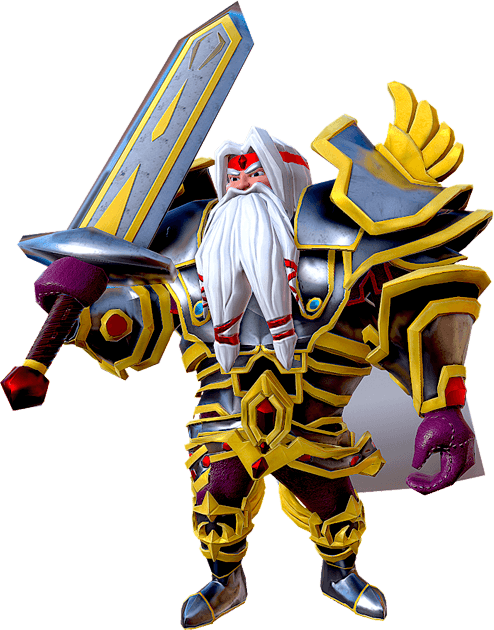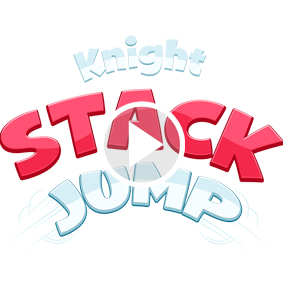Applications and projects that prioritize user-centric design address users' needs, solve their problems, capture their attention, foster engagement, and cultivate trust and loyalty. Moreover, soliciting user feedback enhances overall user satisfaction and fosters more profound connections with your audience. Regular testing and iterative improvements, guided by performance analytics and user input, ensure your product evolves with shifting user preferences and market dynamics.
User engagement isn't a static destination but an ongoing journey demanding a commitment to continual refinement, innovation, and unwavering attention to user needs and experiences. By embracing these principles, your digital product can carve out a distinctive presence in the competitive digital landscape, offering memorable interactions that captivate users, cultivate loyalty, and pave the path to long-term success. Ultimately, the key to effective UI/UX design is ensuring that each interaction adds tangible value, delight, and simplicity to the user journey.
At Game-Ace, we prioritize user experience and design engagement through a multifaceted approach to deliver exceptional outcomes tailored to our client's needs. Here's how we ensure that our designs prioritize user experience and engagement:
User-centric design process
We employ a user-centered design process based on understanding our target audience's needs, preferences, and behaviors. Thorough research and user feedback ensure our designs are intuitive, user-friendly, and aligned with player expectations.
Prototyping and testing
We create prototypes and conduct usability testing to evaluate the effectiveness of our designs. This iterative process allows us to identify any usability issues early on and make necessary adjustments to enhance the user experience.
Consistency and branding
We maintain consistency in our designs across different platforms and devices to provide players with a seamless experience. Additionally, we ensure that our designs reflect our clients' branding guidelines and values, fostering brand recognition and user trust.
Efficient navigation
We prioritize efficient navigation and intuitive layout design to make it easy for users to find what they're looking for and complete their desired actions. Clear navigation menus, logical flow, and prominent call-to-action buttons are some of the techniques we use to enhance usability and engagement.
Continuous improvement
We continuously monitor user behavior and gather feedback to identify areas for improvement. We adapt our designs to optimize user experience and engagement over time by staying responsive to user needs and evolving industry trends.
Fundamentally, user engagement stands as a foundational element in the realm of UI/UX design for video games, dictating the success and significance of a product within the digital landscape. Beyond the aesthetics of interfaces, the goal is to forge an immersive journey that captivates users, fulfills their requirements, and maintains their engagement over extended periods. Achieving this involves comprehending your gaming audience, establishing precise goals, embracing a mobile-centric strategy, emphasizing usability and accessibility, and employing micro-interactions and personalization to enhance the gaming experience.
By following these principles and incorporating user feedback throughout the design process, we ensure that our designs prioritize user experience and engagement and deliver tangible results for our clients. Please contact us for further inquiries or to discuss your specific design needs.












































